What is the B-21 Raider: from the B-52 stealth to the “flying destroyer”
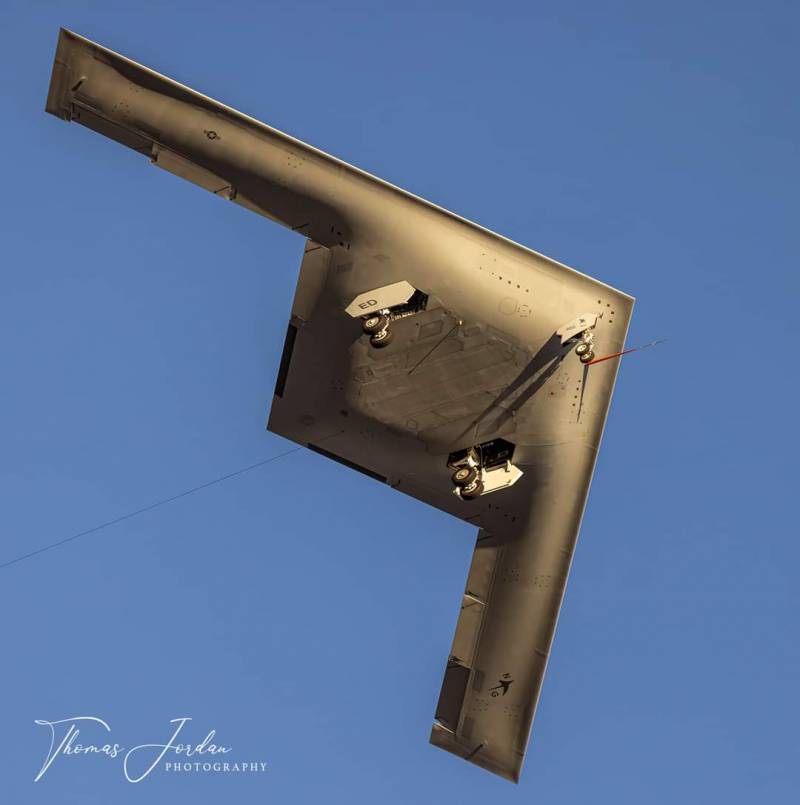
The date November 10, 2023 became another milestone in stories combat aviation – the newest American strategic bomber B-21 Raider made its first flight. Unfortunately for our country this news does not bring anything good, since the masks have almost been dropped; the USA is our irreconcilable and mortal enemy.
One can only be surprised when reading the comments on the news about the first flight of the B-21 on Russian thematic resources - “as soon as it appears, we will take it.” Definitely, for such mischief, you must have either a split personality or bipolar disorder - We have been unable to destroy the air force of Ukraine for almost 2 years, not to mention achieving strategic air supremacy over this country, but when the B-21s appear, we’ll knock them all down at once.”
Of course, it’s fun to mock Americans in the style of Mikhail Zadornov, but it has little to do with reality; no matter what destructive processes are taking place in the United States, this country still has enormous scientific and industrial potential.
Another common misconception is that the time of the strategic bomber is over.
What happened? In what capacity?
If we are talking about strategic nuclear deterrence, then yes, the importance of the aviation component in it is minimal, but as a means of attack, strategic bombers are quite effective. Huge Strategic bombers and carriers of conventional weapons have potential.
In general, modern bombers are usually referred to as missile-carrying bombers, but since almost all of them can carry missiles or can be modified to use them, we will not “create entities” - bombers.
In addition, bombers in the process of their development may well evolve and go far beyond their basic purpose.
Soviet/Russian and American approaches
If you look at the history of the development of bomber aviation in the 29th century, the Soviet (Russian) and American approaches are largely similar. If we discard the pre-revolutionary period, when Tsarist Russia was “ahead of the rest” with its “Ilya Muromets”, then subsequently there was a lag behind the same USA, as a result of which the USSR had to copy the American B-XNUMX strategic bomber.
Subsequently, the evolution of Soviet and American bombers proceeded in parallel - both the United States and we had highly effective subsonic bombers, the B-52 and Tu-95, respectively, which serve to this day and are quite capable of flying both the B-21 and the PAK DA. Both the USA and the USSR developed, but did not launch into series the ultimate supersonic North American XB-70 Valkyrie and, accordingly, the T-4 (“product 100”) of the Sukhoi Design Bureau.
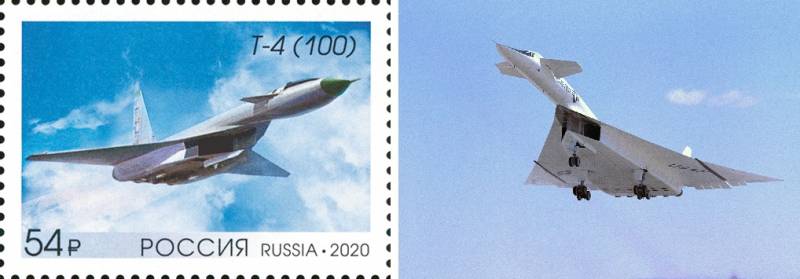
T-4 “Sotka” and XB-70 “Valkyrie” - there are obvious similarities in both the concepts and fate of these aircraft
Well, then the B-1 Lancer and Tu-160 appeared, similar in appearance as twin brothers. However, there was already a difference in approach here - the American B-1B was optimized for flights at high transonic speeds at low altitudes, while the Soviet Tu-160 was intended for flights at supersonic speeds at high altitudes.
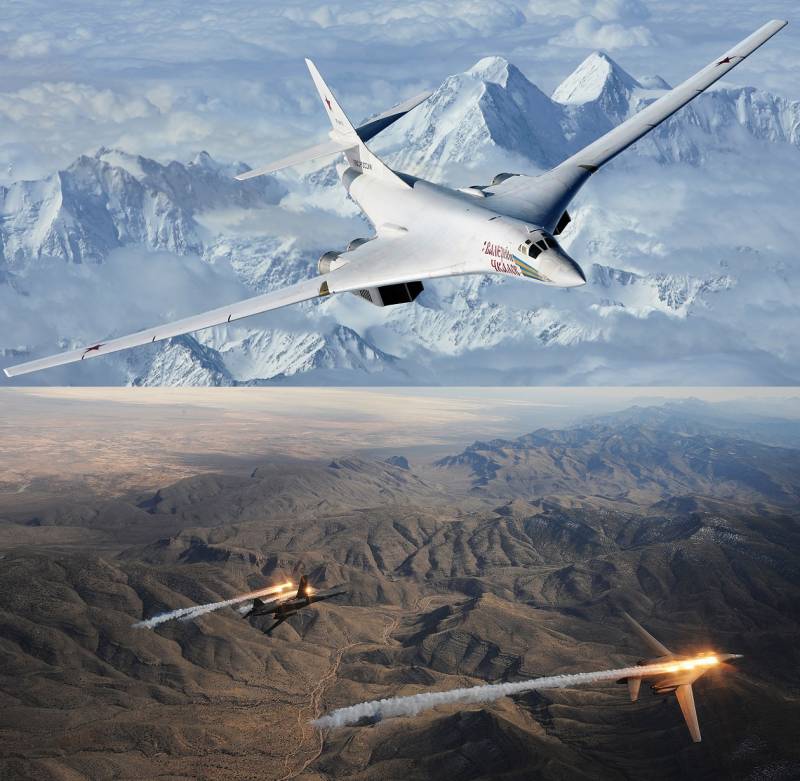
Despite all the external similarities between the Tu-160 and the B-1B, these machines differ both structurally and in terms of application concept
Well, then the United States got the Northrop B-2 Spirit. By this time, the USSR was already on the verge of collapse, and we had no alternative to the B-2 Spirit. However, we can say that the collapse of the USSR “shot down” more than a hundred B-2 Spirit, since due to the high cost of this aircraft and the decrease in the external threat, instead of 132 units, only 21 aircraft of this type were built.
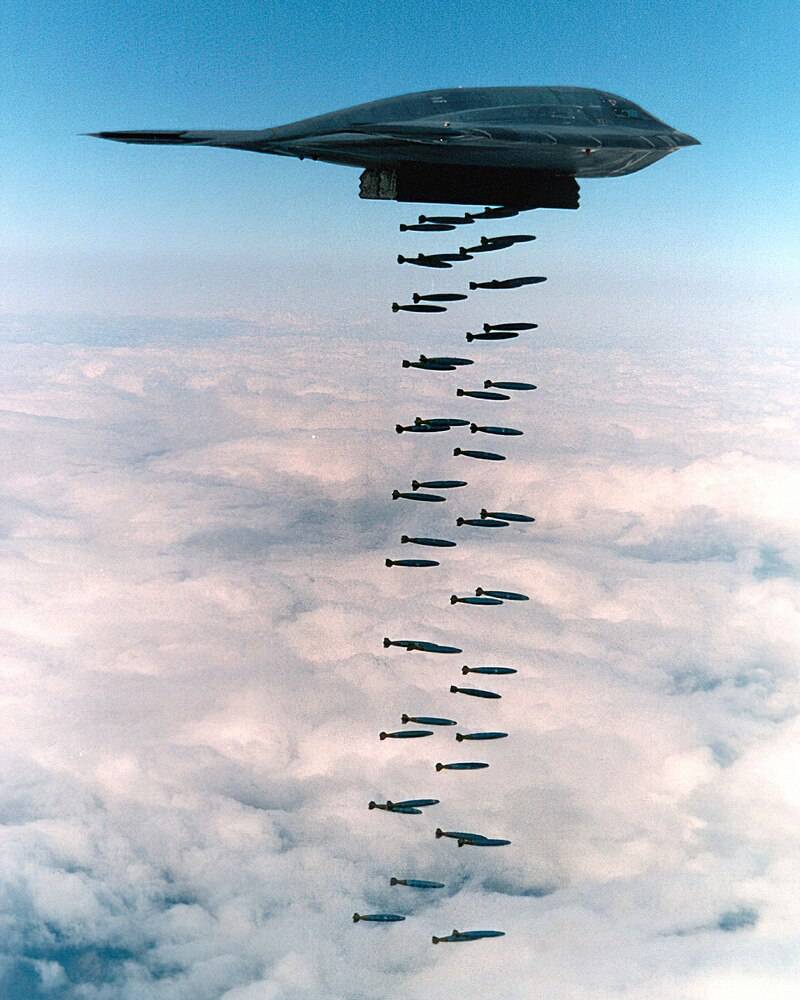
The combat use of the B-2 Spirit is extremely limited, however, the F-22A fighter has it even worse
The growing Chinese threat and the emerging resurgence of Russia as a great power forced the United States to begin developing a new bomber, which became the B-21 Raider. In Russia, there seems to be a similar project for a new generation bomber PAK DA (advanced long-range aviation complex), but there are no details about its progress, and for now Russia has resumed production of supersonic Tu-160 bombers, which can only be welcomed.
Something similar to the B-2/B-21 - the Xian H-20 bomber is being built by China, which is gaining strength, but there are few details here, previously the Chinese Air Force used only Xian H-6 bombers, which are deeply modernized Soviet Tu-16 bombers.
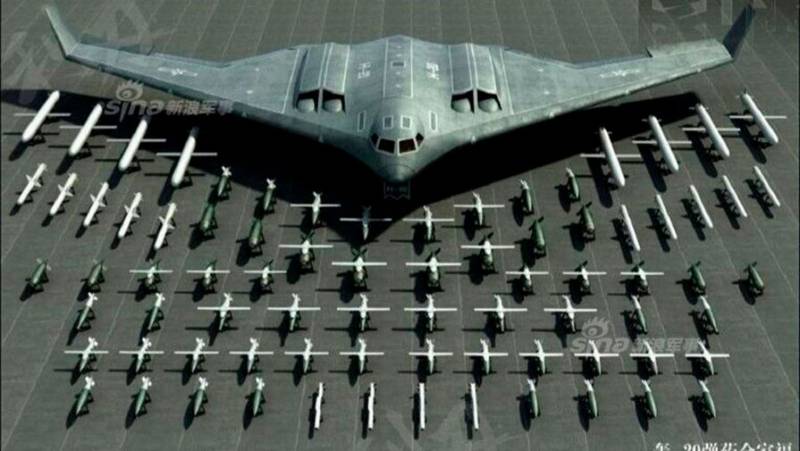
Estimated appearance of the Chinese Xian H-20 bomber
The question is, what is the B-21 Raider?
B-52 steals
Of course, we are not talking about the appearance of some next modification of the well-deserved B-52 bomber; rather, we are talking about a concept in which the future bomber should become an ideological replacement for the B-52, that is, a reliable, inexpensive to manufacture and operate machine capable of serving many decades, which will have a number of technical advantages that provide it with increased survivability in the air.
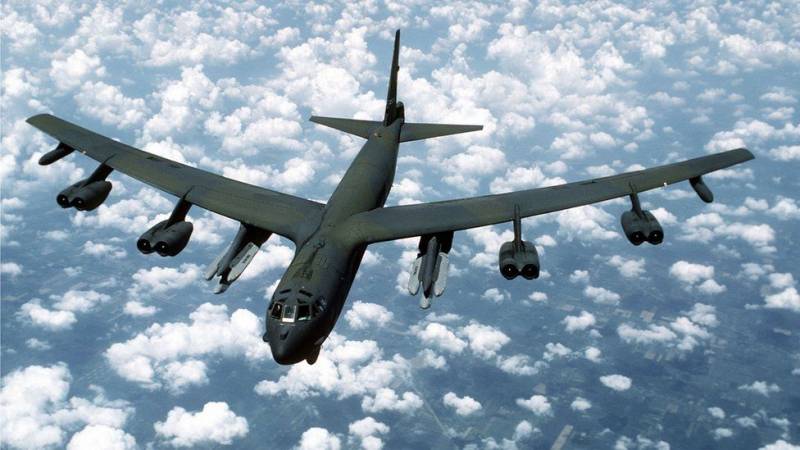
The B-52 bomber is one of the most successful combat aircraft in history; the service life of these machines can exceed 100 years!
It can be assumed that when creating the B-21 Raider, the United States took into account the mistakes made in the design of the B-2 bomber and the F-22A fighter, namely: the high complexity of their maintenance and the corresponding high cost of operation, as a result of which these machines are more often on the ground, than are exploited in the sky.
The B-21 Raider bomber's signature was likely reduced compared to the B-2 bomber, both in the radar and thermal ranges. Many still do not understand why an aircraft needs stealth technology - they say, our radar stations (radars) will still see it, someone will definitely remember the meter range radar, but everything is not so simple.
Let’s say a meter range radar sees a radar mark in the sky, and then what? Based on this data, will it be possible to identify the type of aircraft? Point anti-aircraft guided missiles (SAM) at him?
No, it will be possible to understand what is in the air only very indirectly, based on the flight characteristics (flight characteristics) of the target - altitude, flight speed, as well as their changes. However, this is not enough.
It could be a B-21 Raider or Global Hawk, a decoy, or a specially targeted wingman UAV designed to provoke an attack. It will also not be possible to aim a missile defense system using a meter range radar - the accuracy is insufficient.
Maybe then an anti-aircraft missile system (SAM) like S-400?
Yes, but at what range?
First of all, the whole point of stealth technology is not to make the aircraft invisible, but to reduce its detection range so that it can infiltrate between the positions of air defense systems, having previously detected the radiation of their radars with its sensors, or come closer in order to launch anti-radar missiles ( PRR), possibly together with MALD-type decoys. That is, stealth allows the attacker to be the first to see the enemy’s radar radiation, determine its location and be the first to strike.
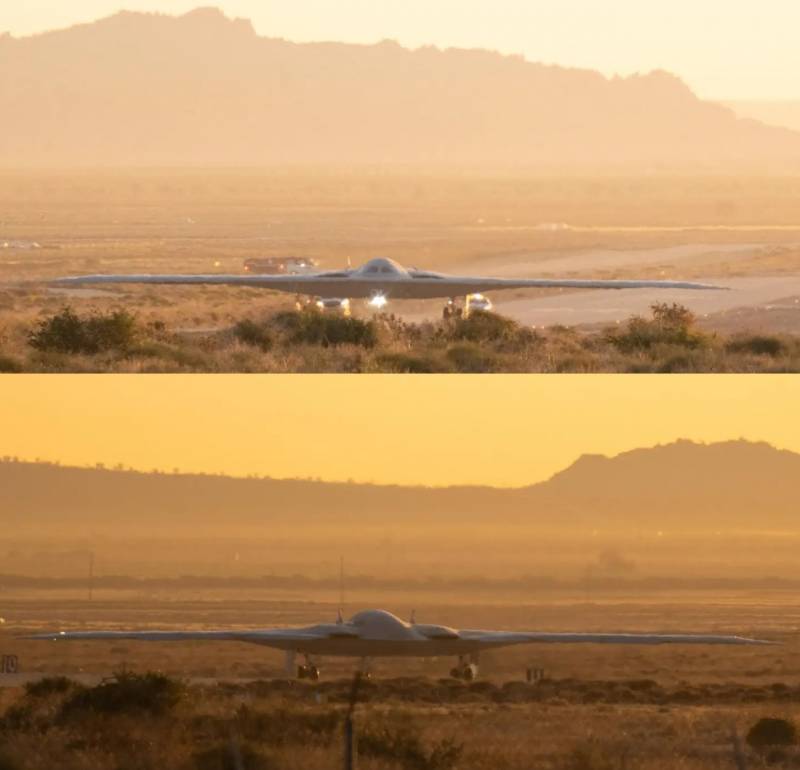
Visibility parameters are always strictly classified, but there is little doubt that the United States has implemented all available developments in this area in the B-21 Raider
Okay, then let's send fighters to intercept?
They sent it, they got close to the target and discovered that it was not a B-21 Raider, but a wingman UAV, which only lured them into a trap for enemy fighters, by the way, a decoy target ADM-52 Quail was developed for the B-1995 back in 20 .
And if this is still a B-21 Raider, and our aircraft launched air-to-air missiles (A-A), then the second most important stealth factor is manifested here - low-power active radar homing heads (ARLGSN) of A-A missiles, and SAMs may simply not capture a stealth aircraft and pass by.
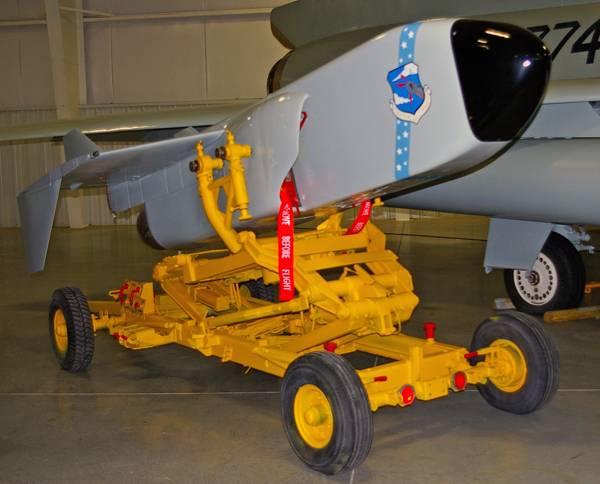
ADM-20 Quail decoy
Also, presumably The B-21 Raider must primarily operate from high altitudes, as opposed to the B-1B and B-2, designed for low-altitude penetration of enemy air defenses.
The logic here is quite clear - modern air defense systems include missiles with ARLGSN and are capable of hitting low-flying targets even beyond the radar visibility of the air defense system itself according to external target designation, for example, from long-range radar detection and control aircraft (AWACS) - Russian AWACS and air defense systems now have the ability to work in tandem.
Don’t forget that one of the advantages of American aviation is electronic warfare (EW) systems; according to open sources, the B-52 bomber’s EW systems are capable of protecting it from attacking fighters even at long distances; most likely, this means that the The bomber's electronic warfare interferes with the operation of the radar stations of fighter aircraft, which provide guidance for V-V missiles when firing from a long distance, and the operation of the ARLGSN of the V-V missiles themselves. It can be assumed that the B-21 will be equipped with the best electronic warfare equipment available to the US Armed Forces.
In general, a “stealth B-52” will be much more difficult to detect and shoot down than a “regular B-52.”
In addition, while the original B-52 was initially armed with a six-barreled 20mm rapid-firing automatic cannon in the tail (which was later abandoned in favor of electronic warfare), the defensive armament of the B-21 Raider bomber may be much more serious.
At a minimum, with a high probability, it will include short-range V-V missiles with an infrared homing head, as well as anti-radar missiles to destroy enemy air defense radars.
And at the very least, the B-21 Raider bomber can turn into a multi-functional combat vehicle, a kind of “flying destroyer” capable of attacking all types of ground, underground, surface and air targets.
Multi-role bomber
Earlier in the article "B-21 Raider: Bomber or More" We have already looked at what the newest American bomber could become, however, given the fact that new aircraft of this class do not appear very often, as well as the ever-increasing prospects for “close acquaintance” with American military equipment for various purposes, it is worth considering again potential capabilities and threats that the B-21 Raider may pose.
To give the B-21 Raider the ability to attack not only ground but also air targets, it must include a modern radar, at least with an active phased array antenna (AFAR), as well as medium- and long-range V-V missiles.
Based on the configuration of the front part of the aircraft, the presence of such a radar is not visually visible, although, given that the body of the B-21 Raider can be predominantly or even completely made of composite materials, the antenna panels could potentially be located anywhere. In addition, a planar conformal radar with AFAR or digital antenna array (DAR) can be integrated into the B-21 Raider design.
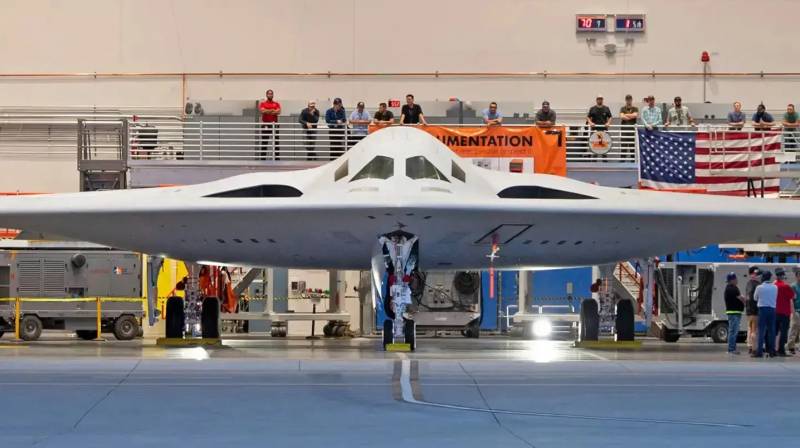
Visually, the presence of a powerful radar on the B-21 Raider is not visible, but modern technologies potentially make it possible to integrate it practically into the skin of the aircraft
Another interesting point is the presence of one large and two additional weapons bays, at least this is the impression that is formed based on the configuration of the lower part of the B-21 Raider bomber. Of course, all compartments could potentially contain an air-to-surface (A-S) payload, but this configuration is more like a “separation of duties” - a central compartment for weapons V-P, including promising long-range stealth cruise missiles with a nuclear warhead (YBC) AGM-181A LRSO, and side compartments for V-V and PRR missiles.
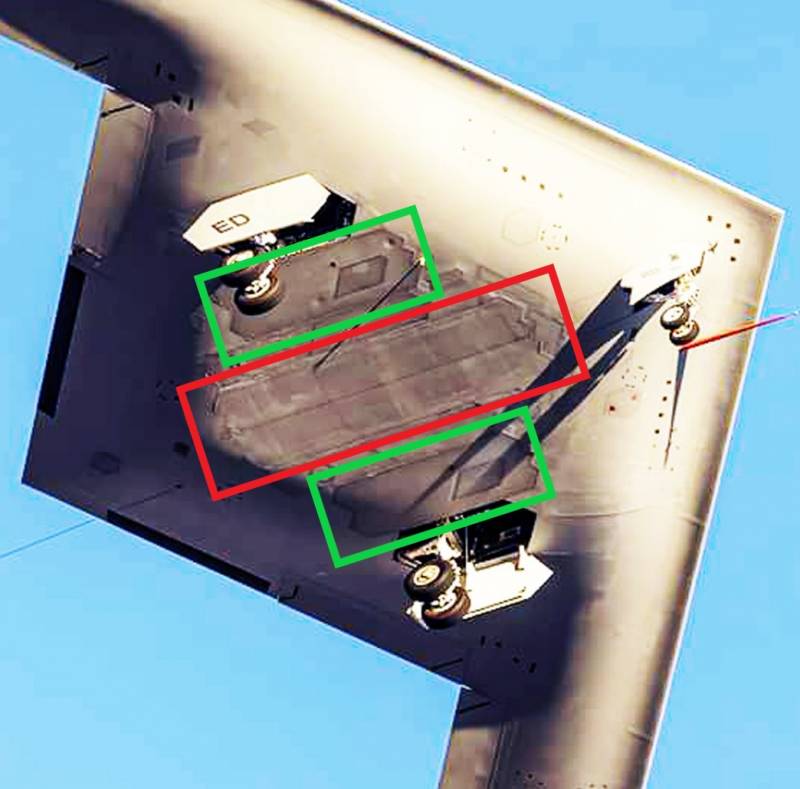
Central weapons bay (highlighted in red) and two proposed side weapons bays (highlighted in green)
In addition to air attack capabilities, the B-21 Raider can carry anti-missiles V-V. Moreover, a number of sources mentioned the possibility of integrating on-board self-defense laser systems on the B-21 Raider - in principle, there is no better candidate for this role, the aircraft is large, designed from scratch, it can take into account the possibility of taking power from the engines, and the Laser weapons have made significant progress recently.
Conclusions
Considering the degree of secrecy of the B-21 Raider bomber program, it is difficult to say where the US Air Force settled on the conditional B-52 stealth - a relatively inexpensive to operate functional analogue of the B-52 bomber, which will simply replace the entire range of existing B-52H, B- bombers 1B and B-2, or they came to the need to create a multi-role bomber with significantly greater survivability and capable of solving a much wider range of tasks.
However, there is a compromise option when, at the initial stage of deployment, the B-21 Raider bomber will be quite simple, but at the same time it will have reserved volumes and the ability to take power to power additional equipment, such as radar, electronic warfare equipment and laser defensive weapons. In the future, as the relevant technologies are ready, the B-21 Raider bomber will receive new capabilities during the modernization process.
Only one thing can be said with confidence: this car should not be underestimated.
Information